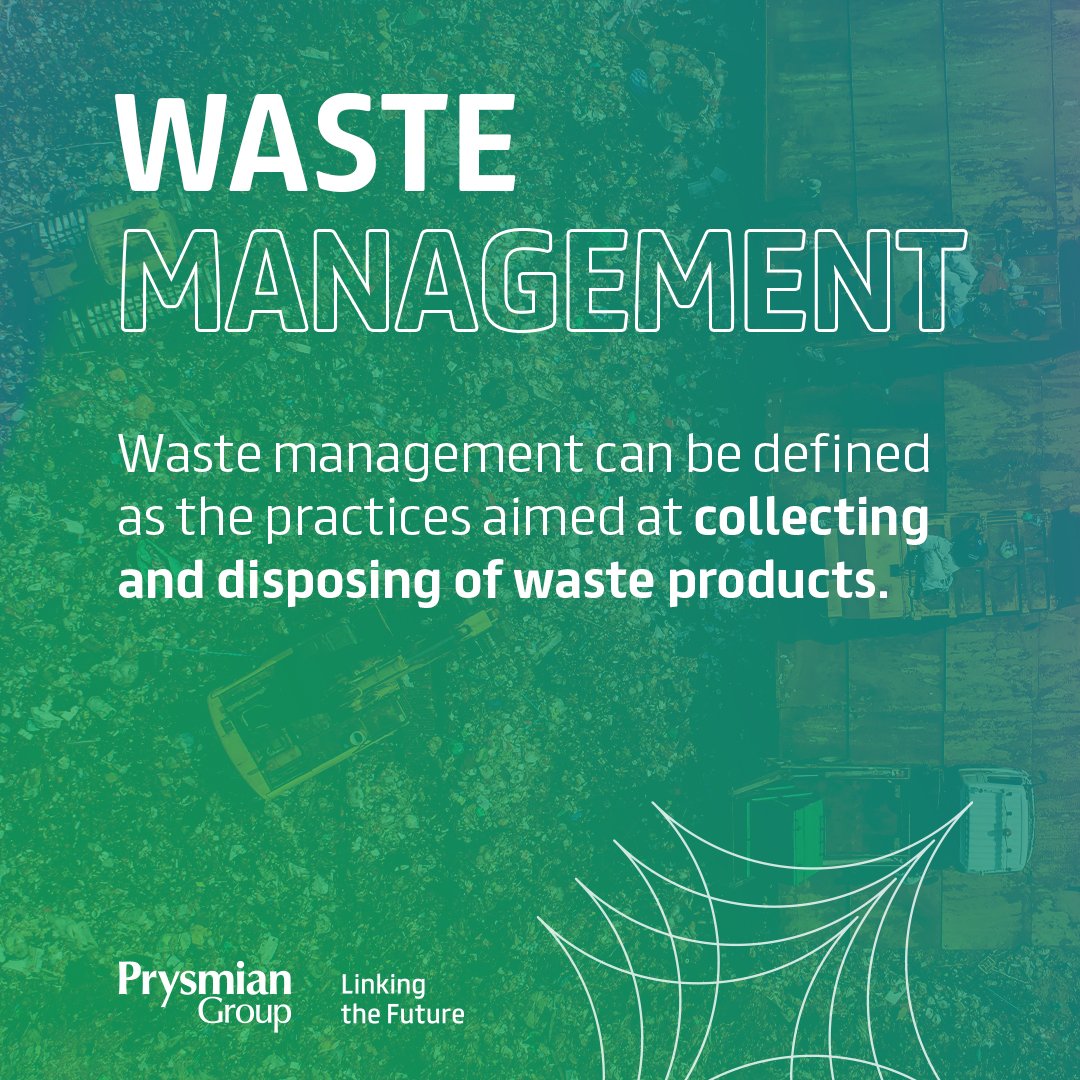The Basic Principles Of Reclaim Waste
The Basic Principles Of Reclaim Waste
Blog Article
The 7-Minute Rule for Reclaim Waste
Table of ContentsSee This Report on Reclaim WasteThe Single Strategy To Use For Reclaim WasteA Biased View of Reclaim WasteAll about Reclaim Waste4 Simple Techniques For Reclaim Waste
Explore the types, incidents, and forms of liquid waste. Residential sewer waste refers to the waste and items from a property septic tank. This kind of waste is produced by humans in homes, schools, and various other buildings. This only includes septic storage tanks that have a drainpipe field. The correct administration and disposal of domestic sewage waste call for fluid waste to be transferred to a sewer therapy plant where the appropriate methods and devices are related to cleanse and get rid of waste.
Commercial waste commonly includes potential dangers, such as flammable materials or a blend of liquid and strong waste items, and needs an extra innovative and comprehensive disposal procedure. The disposal of business waste commonly includes the filtration of waste before transport to guarantee risk-free and appropriate disposal. Industrial waste is created from by-products and drainage of industrial procedures and manufacturing.
This type of waste can not utilize the exact same sewer administration transportation or procedures as septic or business liquids. The hazardous waste monitoring procedure requires the inspection and screening of liquid waste before it undergoes the disposal procedure (liquid waste disposal melbourne). Runoff waste is the liquid waste that originates from drainage and excess stormwater in extremely populated areas or cities
Overflow waste can create contamination and flooding if not dealt with effectively. Discover more about drain cleaning and waste management. Guaranteeing proper waste management can stop catastrophes and lower environmental damage. Both individuals in property settings and specialists in business or production industries can profit from recognizing the procedures and laws of liquid waste management.
Reclaim Waste - The Facts
Call PROS Services today to find out about our waste monitoring and disposal services and the proper means to take care of the liquid waste you generate.
(https://experiment.com/users/reclaimwaste1)Do you understand what happens to your water when you end, purge the toilet or drain pipes the washing machine? No? Well, it deserves understanding. This so-called 'wastewater' is not just a crucial resource yet, after treatment, will certainly be released to our land, rivers or the ocean. Used water from commodes, showers, baths, cooking area sinks, laundries and commercial processes is referred to as wastewater.

water utilized to cool down machinery or tidy plant and equipment). Stormwater, a kind of wastewater, is drainage that moves from agricultural and city areas such as roof coverings, parks, gardens, roadways, courses and rain gutters right into stormwater drains pipes, after rainfall. Stormwater flows unattended directly to regional creeks or rivers, at some point reaching the sea.
Reclaim Waste Things To Know Before You Get This
In Queensland, most wastewater is treated at sewer therapy plants. Wastewater is transferred from domestic or commercial sites with a system of sewage systems and pump stations, referred to as sewage reticulation, to a sewage treatment plant. Local governments construct, keep and operate most sewer therapy plants. Operators are licensed under the Environmental Management Act 1994 to discharge cured wastewater at an appropriate ecological standard into waterways.
The Division of Natural Resources recommends neighborhood governments regarding handling, operating and keeping sewage systems and treatment plants. In unsewered areas, city governments might require owners to mount private or home sewage treatment systems to treat residential wastewater from bathrooms, kitchens, washrooms and washings. The Department of Natural Resources authorises using home systems when they are shown to be reliable.
In some new subdivisions, treatment of some stormwater to get rid of trash, sand and crushed rock has actually begun making use of gross toxin traps. Wastewater therapy occurs in 4 stages: Eliminates strong issue.
Wastewater after that flows right into large storage tanks where solids work out and are removed as sludge. Oil and residue are skimmed from the surface. Makes use of tiny living microorganisms knows as micro-organisms to damage down and remove staying liquified wastes and fine bits. Micro-organisms and wastes are incorporated in the sludge. Eliminates nitrogen and phosphorus nutrients that can cause algal flowers in our rivers and threaten aquatic life.
Not known Facts About Reclaim Waste
Nutrient removal is not readily available at all sewer therapy plants due to the fact that it calls for costly specialist devices. Clear liquid effluent produced after treatment might still have disease-causing micro-organisms - liquid waste removal melbourne.

The majority of wastewater streams into the sewage system. Under the Act, local governments administer approvals and permits for environmentally relevant tasks (Ages) involving wastewater releases that could have a regional impact.
The Reclaim Waste Diaries
Surveillance gives factual information about water high quality and can verify that licence conditions are being satisfied. The info acquired with tracking supplies the basis for making water top quality choices.
Report this page